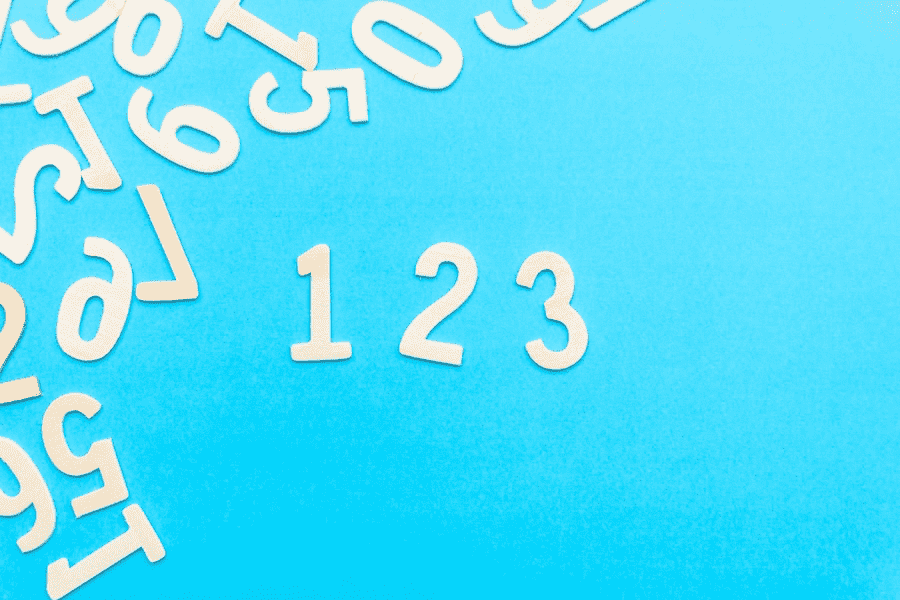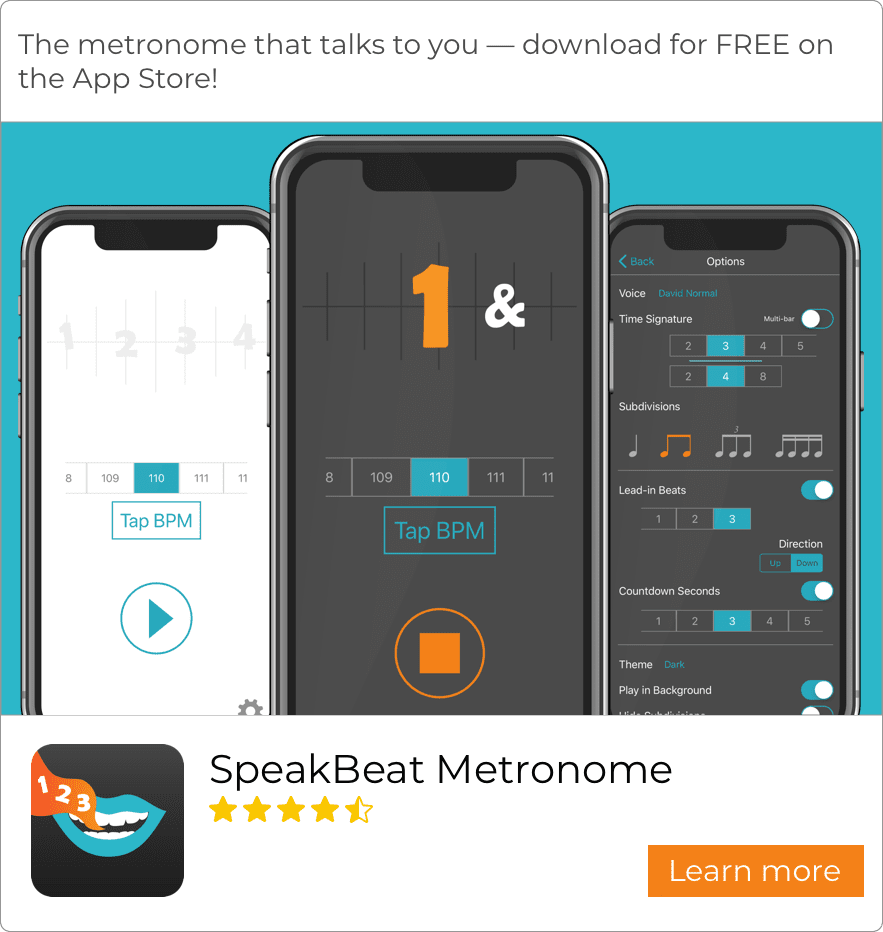
Counting in Music
Counting in music is a system of regularly occurring syllables used to vocalize a rhythm. Musicians who are studying rhythms can use these systems to more easily identify which beat a note falls on within a bar.
Taking counting a step farther, verbalizing the rhythms through a counting system can also help clarify stressed beats and rests.
There are many types of counting systems that use a variety of different sounds depending on note types. In this article, we show you how to count music using the "1 E & A" counting system.
What Are the Types of Counting Systems?
There are many types of counting systems for music all around the world. "Number systems" are counting systems which incorporate numbers for counting beats. Syllable systems, on the other hand, assign a random word to a rhythm to count each beat, such as "Ta" or "Du".
The "1 E & A" counting system, since it vocalizes numbers, is considered a number system for counting music.
How To Count Music with the "1 E & A" Counting System
In the most basic cases, the "1 E & A" counting system uses numbers, "ands", and the "E" (pronounced "ee") and "A" (pronounced "uh") vowel sounds to count music.
Musicians count the downbeats using numbers (e.g. 1, 2, 3...). Upbeats are counted using "and", which is often denoted with an ampersand "&" or a plus "+" (e.g. 1 + 2 +...). If you must subdivide further, that's when the E and A vowels come into play (e.g. 1 e + a...).
There isn't a single accepted method for counting triplets and larger tuplets (such as quintuplets). One common method for counting triplets is to count them as "1-trip-let" or "tri-pl-let". One way someone might count a quintuplet is by sounding out the word prefixed by a number, like "1-quin-tu-pl-et".
A Comprehensive Guide to Counting with "1 E & A"
The previous section provided a pretty basic overview for how the "1 E & A" counting system works. As students begin to encounter more advanced rhythms in their music, they may benefit from a few rules.
Basic Rules
- Downbeats are counted with a number designating the number of the beat
- Upbeats (notes halfway between downbeats) are called "and" (written "&" or "+")
- Notes halfway between downbeats and upbeats are called "E" (written as "e")
- Notes halfway between an upbeat and the next downbeat are called "A" (written as "a")
- If you're counting past six, abbreviate the pronunciation of multi-syllabic numbers like "seven" as "sev" and "eleven" as "lev" to keep the time of a single beat.

An example of counting a simple song
Advanced Rules
- Triplets may be counted as the first beat, followed by "trip-let". For example, a triplet starting on beat 2 would be counted "2-trip-let", and a triple starting on halfway between beats 1 and 2 would be counted as "&-trip-let.
- Quintuplets may be counted as the first beat, followed by "quin-tu-pl-et". For example, a quintuplet starting on beat 3 would be counted as "3-quin-tu-pl-et". Some people also prefer five-syllable words, such as "un-i-ver-si-ty".
- Sextuplets may be counted in two groups of three, thus following the same rules as a triplet. For example, a sextuplet could be counted as "1-trip-let-&-trp-let".

An example of counting some more complex rhythms
Want to dive a bit deeper into the "1 E & A" counting system? Check out this article about everything you need to know about the "1 E & A" counting system.
If you find it tiring to count rhythms out loud, you might benefit from using SpeakBeat Metronome, an app available free on the App Store. This app counts the beats out loud using a human voice so you don't have to!

